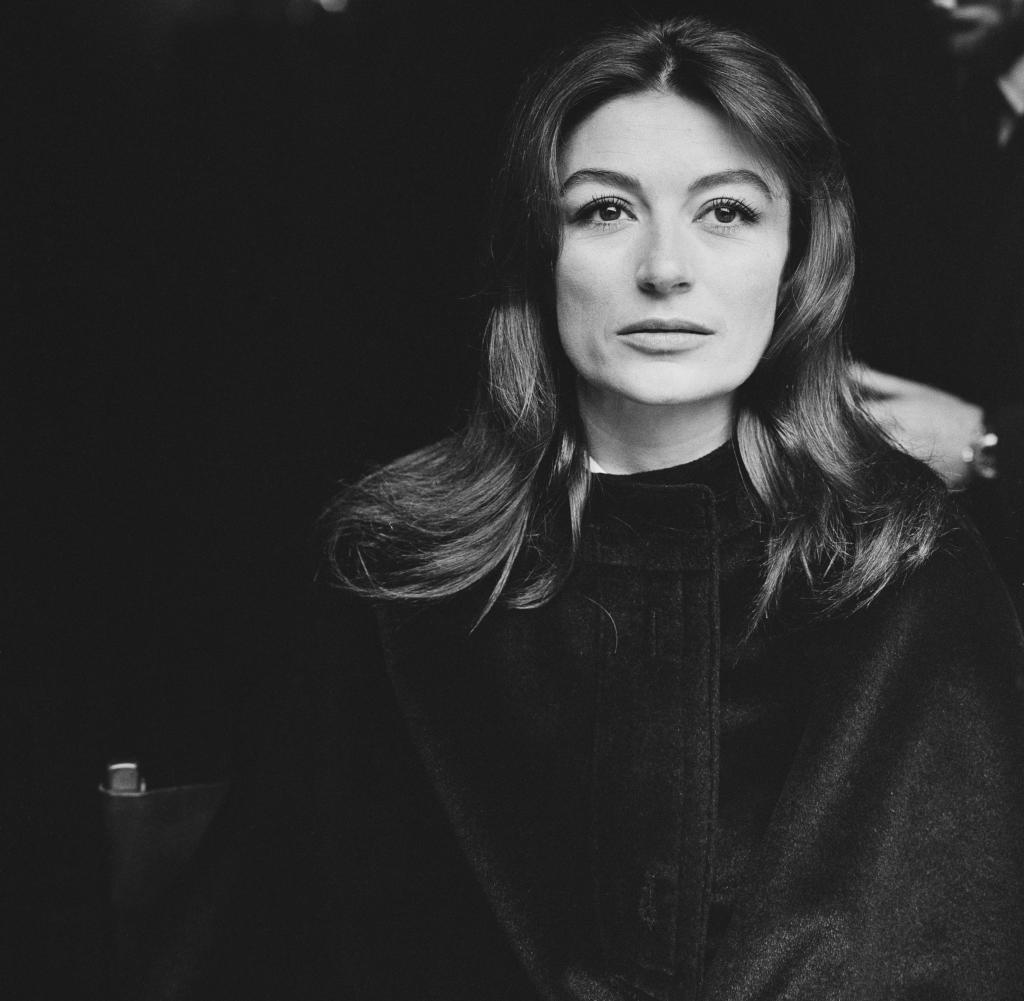Life and cinema seemed to be at odds with each other from the start. If it had been up to her, her career would have come to an abrupt end seventy years ago. After the birth of her daughter, barely twenty years old, she withdrew from the film business for the first time. No star of her stature escaped the screen as often or for as long as Anouk Aimée. “I was never an actress,” she once admitted, “with a burning flame.”
Her career was a fascinating interplay of refusal and devotion. The Oscar nomination for “A Man and a Woman” (1966) brought her numerous offers from Hollywood, almost all of which she turned down. She would have been captivating as Steve McQueen’s opponent in “The Thomas Crown Affair”.
She was never able to escape the cinema in her private life either. Her husbands and partners usually came from the film business. During her fourth marriage to Albert Finney she took a seven-year break. It was only after her comeback as Catherine Deneuve’s partner in “Temple of Endearment” (1976) that she seemed to be reconciled with her career. The best actress award she received in Cannes in 1980 for her role in Marco Bellocchio’s “Leap into the Void” sealed this self-discovery. From then on, the cinema won.
Until then, audiences may have regretted her hesitation and inconstancy, but never really resented her, because they corresponded exactly to the screen persona that Federico Fellini created for her in “La Dolce Vita” (1960) and Jacques Demy in “Lola, the Girl from the Harbor” (1961). She excelled in the role of the modern woman who knows how to seek happiness, but always remains a mystery to her lovers.
The guarantee of her acting was the reservation. However, she appeared in what is probably the most enduring romance in film history: After “A Man and a Woman”, Claude Lelouch made two sequels with the dream team Aimeé-Trintignant, in 1986 and 2019 (“The Best Years of a Life”), where her presence was wonderfully weathered and at the same time betrayed the vigorous vigor that she had long since demonstrated in grandmother roles.
She was born Nicole Françoise Florence Dreyfus on April 27, 1932 in Paris into a family of actors. She took ballet lessons at the opera in Marseille at an early age and attended acting courses in Paris. At 15, she was discovered for film by director Henri Calef. Her second role (in the contemporary Romeo and Juliet variation “The Lovers of Verona”, 1949) was written just for her – by the film writer Jacques Prévert, who also invented her stage name.
At 17, she was under contract with the British production company Rank and sporadically pursued a European career. Curiosity and a desire to try something new were not always lacking. In the mid-1950s, she appeared in three German films alongside O. W. Fischer and Karlheinz Böhm; after the success she enjoyed with her study of upper-class ennui in “Das süße Leben” and “Achteinhalb”, she filmed mainly in Italy.
Her slender figure made her an elegant counterpart to the voluptuous sex symbols of the post-war era. A delicate harmony of opposites reigned in her features, her large eyes were highlighted by heavy eyelashes; her prominent nose was in harmony with her wide, sensual lips, which smiled just as easily as they did wistfully.
Aimée was only partially suitable as a projection screen: the emotions that one suspected behind her mask-like face were too sophisticated. Her best directors brought out different facets in her. The shy, submissive wife that she played for Sidney Lumet in “A Touch of Sensibility” (1968) has nothing in common with her breathlessly coquettish “Lola” in Demy’s film – except for the melancholy. The fleetingness and depth of feelings, indifference and longing were only a blink of an eye apart in Aimée’s case.
The declaration of love she made to Marcello Mastroianni in “La Dolce Vita” seemed credible even as she was already giving herself over to the embrace of another. This Garbo, from the spirit of the Nouvelle Vague, was uncertain whether her characters feared the self-destructive power of emotions or whether they distrusted their exuberance. A magic of inscrutability lay over her best roles; no other actress wore sunglasses as often in her films as she did.




